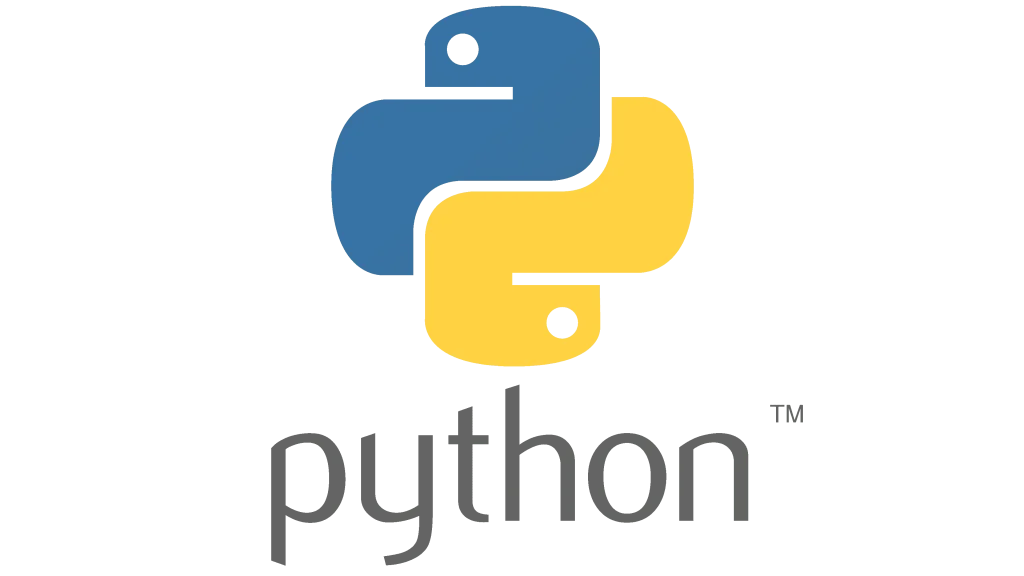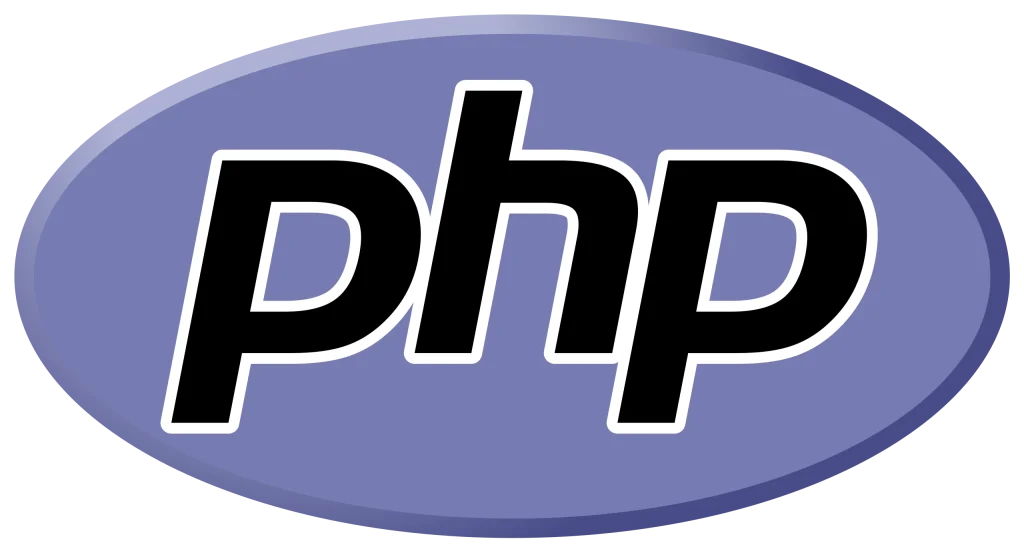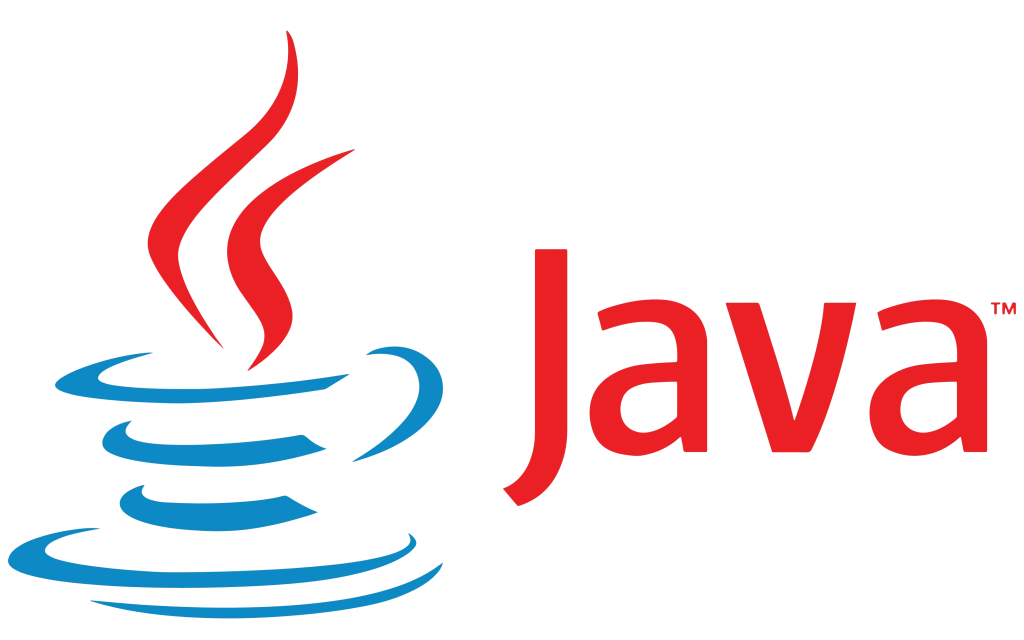Table of Content
Best Programming Languages to Streamline Software Development
Programming has emerged as one of the most lucrative industries worldwide. It offers countless opportunities for individuals to generate significant income by developing advanced applications for both web and desktop environments. This rapid growth has fueled a boom in freelance development, inspiring many individuals to look for fastest programming languages that are also easy to learn. Their drive is rooted in the belief that strong coding skills can unlock high-earning potential—provided they pursue their learning journey with dedication and passion.
Given the ever-changing nature of programming languages, newcomers often seek advice on which ones to focus on first. Choosing the right language can be overwhelming due to the wide variety of options available, each with its own unique strengths designed to meet different development needs.
This article delves into some of the most high-performance programming languages in use today. Mastering these languages can set you apart from typical web developers, equipping you with the skills to offer software development services as per the latest trends. We’ll start by examining why these languages matter and how they empower developers to build powerful, efficient web solutions.
Importance of Learning Latest Programming Languages

Learning the latest programming languages is crucial because the technology landscape is constantly evolving. New languages often emerge to address limitations or inefficiencies in older ones, offering improved performance, better security, and more intuitive syntax. By staying current, developers can leverage modern tools and frameworks that enhance productivity and enable them to build faster, more scalable applications. In a competitive field, being familiar with up-to-date languages ensures that your skills remain relevant and aligned with industry standards.
Additionally, mastering newer programming languages often opens the door to cutting-edge fields such as artificial intelligence, blockchain, cloud computing, and data science. These domains frequently rely on modern languages designed for high efficiency and integration with the latest technologies. Developers who are proficient in these languages are better positioned to work on innovative projects and are often more attractive to employers and clients seeking forward-thinking solutions.
Moreover, learning the latest programming languages fosters adaptability and continuous learning—key traits in the software development profession. As languages evolve and new ones gain traction, developers who embrace ongoing education can more easily transition between projects, teams, or even industries. This adaptability not only enhances career longevity but also empowers developers to make meaningful contributions to diverse and complex technical challenges.
Partner with our software development specialists to pioneer custom solutions that drive your business forward.
Request Your Solution
Fastest Programming Languages in 2025
If you are wondering which coding languages are more popular currently, read the below given list completely. It will let you know about all those languages that are highly fast and easy to work with. Let’s take a quick look at them below.
Python

Python has emerged as a highly influential language in the programming world, widely regarded for its modern capabilities in web development. Renowned for its versatility, Python enables developers to build dynamic web applications while also excelling in areas like data analysis. Its open-source framework makes it accessible and adaptable, allowing developers to create and deploy solutions that align precisely with project-specific needs.
One of Python’s greatest strengths lies in its scalability, which allows developers to efficiently modify, expand, and manage applications over time. This flexibility has made it a go-to language for professionals who need adaptable tools to meet evolving project demands. Beyond its role in web development, Python is increasingly used in high-tech domains such as artificial intelligence, machine learning, and big data analytics, where its powerful libraries and simplicity make complex processes more manageable.
PHP

PHP remains one of the most commonly used programming languages among web developers across the globe. Originally developed in 1994 by Rasmus Lerdorf, it was initially designed to manage and simplify web page content. As the internet evolved and the demand for dynamic websites increased, PHP grew into a fully-fledged scripting language capable of handling complex web development tasks. Its user-friendly nature made it especially popular during the early days of internet marketing, when many individuals began creating personal and business websites.
Despite ongoing comparisons and debates between PHP and JavaScript, PHP continues to hold a firm position in the web development ecosystem. It has proven its resilience and adaptability over the years, regularly receiving updates to enhance functionality and security. This consistent evolution has helped PHP maintain its relevance amid changing industry trends and emerging technologies.
JavaScript

JavaScript has firmly established itself as the dominant force in the world of web programming languages. Its widespread popularity among developers stems from its extensive capabilities and versatility. One of JavaScript’s most valuable attributes is its ability to power both front-end and back-end development, enabling seamless integration across an entire web application. Additionally, frameworks like React Native extend its functionality to mobile app development, allowing developers to create rich, interactive user interfaces for smartphones and tablets.
What sets JavaScript apart is its exceptional runtime performance, whether executed in the browser or on the server side. This efficiency is largely attributed to platforms like Node.js, which deliver fast, non-blocking I/O operations and a smooth runtime environment. With Node.js, developers can build scalable and high-performance applications without experiencing lags or delays, making it ideal for real-time applications such as chat services, APIs, and more.
Ruby

Ruby is steadily gaining traction as a go-to programming language for building a wide range of web applications. Similar to PHP and Python, Ruby is known for its beginner-friendly nature, making it an accessible choice for those new to coding. With a solid understanding of object-oriented programming (OOP) principles, newcomers can quickly get up to speed and start building with Ruby. Its clear and concise syntax allows developers to write clean code efficiently, making it especially useful for developing functional prototypes in a short amount of time.
One of Ruby’s standout strengths lies in its association with the Ruby on Rails framework—an open-source tool designed to streamline and simplify web development. Rails enhances productivity by promoting code reuse and reducing repetitive tasks, enabling developers to focus on core functionality. It provides a rich set of built-in features and conventions that make it easier to maintain consistency and structure within projects.
Java

Java is a high-level, object-oriented programming language developed by Sun Microsystems in 1995. It is designed to be platform-independent through the use of the Java Virtual Machine (JVM). Java follows the principle of WORA, which has made it a popular choice for developing cross-platform applications. The language emphasizes readability and simplicity while supporting features like automatic memory management, multithreading, and a rich set of standard libraries.
Java is widely used in various domains such as real estate website development, enterprise software, and embedded systems. It supports a strong ecosystem of tools and frameworks, which has contributed to its longevity and relevance in the software industry. With its strong typing, and robust exception handling, Java provides a solid foundation for building secure and maintainable applications.
Frequently Asked Questions
| What is Python? Python is a high-level, interpreted programming language known for its simple syntax and readability. It supports multiple programming paradigms and is widely used in web development, data analysis, artificial intelligence, and automation. |
| Why Java is popular in the development circuit? Java is popular in the development circuit due to its platform independence and robust object-oriented features. Its strong community support and wide range of libraries make it ideal for building scalable, secure, and cross-platform applications. |
| Which programming languages are used for frontend development? A variety of programming languages and frameworks are used for frontend development, with popular choices including Angular, React, and Vue.js. These tools help developers create dynamic, responsive, and user-friendly web interfaces. |
Final Words
That summarizes our entire blog in which we’ve explored some of the fastest programming languages used by developers. Gaining knowledge of these languages is essential, as it broadens a developer’s skill set and enables them to work across diverse development platforms. This versatility allows them to better adapt to different environments and create web applications tailored to specific requirements. By using languages like Ruby and Python, development of various advanced software becomes streamlined, provided correct methodologies are also employed in the process.

Empower your digital journey with StruqtIO - Your dedicated partner for cutting-edge custom software development, innovation, and digital transformative solutions. Harness the power of technology to elevate your business and redefine your digital landscape today.


